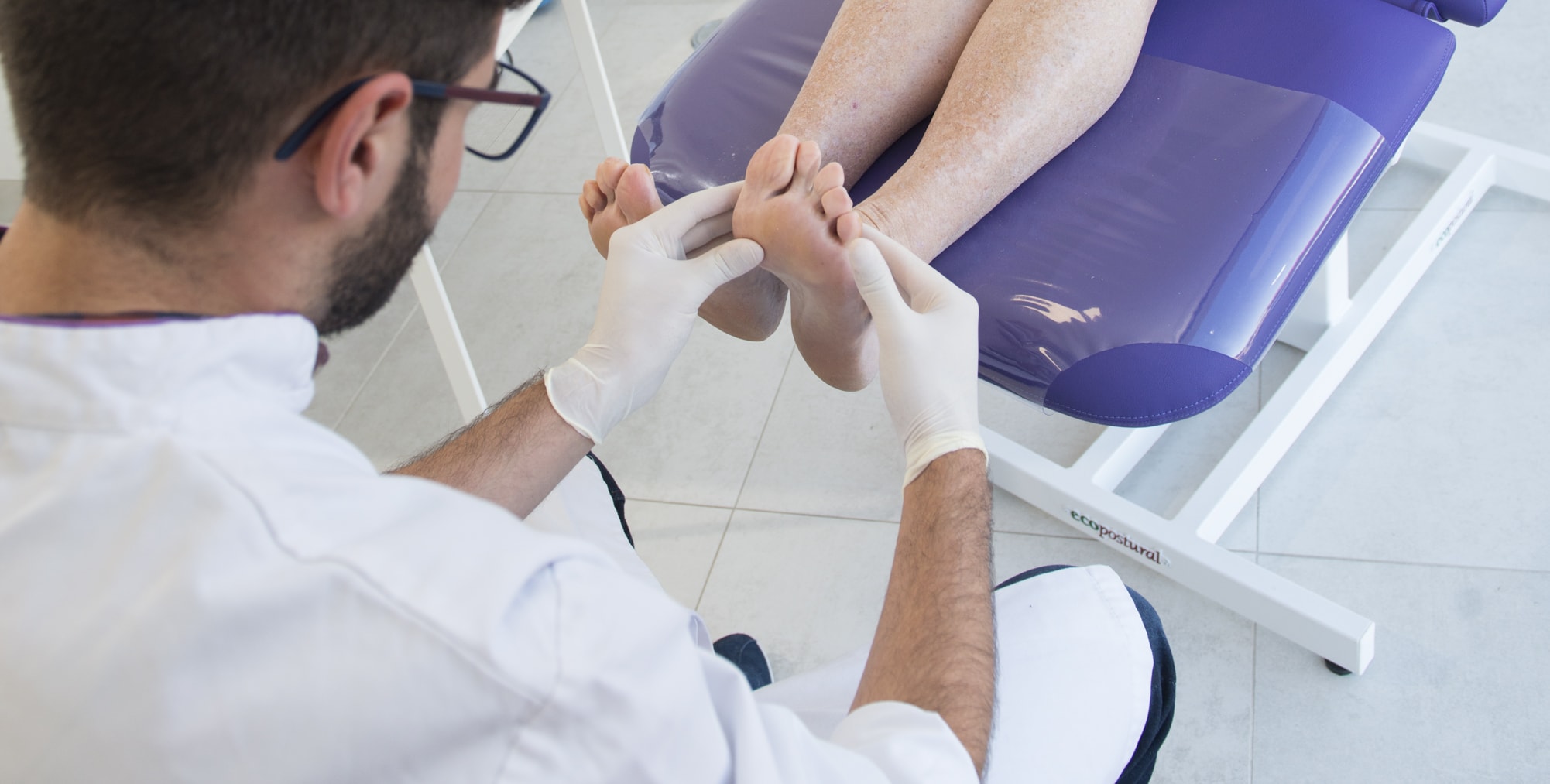
FOREFOOT ULCERATIONS IN PATIENTS WITH DIABETES
Thursday, 14 de November de 2019 - 10:52
Diabetes, according to the International Diabetes Federation (IDF), is the most common cause of non-traumatic amputations. People with this condition are 15 to 40 times more likely to have lower limb amputation than the general population!
People with diabetes develop various foot problems that, if not properly treated, can cause serious complications.
Diabetic foot is characterised by the destruction or ulceration of deep tissue in the foot.
The risk of foot ulceration increases with age and the duration of diabetes.
Preventing this situation is crucial, especially considering the negative impact on one's quality of life. A new pair of shoes or a walk may cause the problem, when calluses or blisters may appear. If you keep walking instead of stopping or changing your shoes, a small wound can become more serious.
For better protection of your feet, you should consider 10 key recommendations:
- Daily observation of your feet in a well-lit space where you should look for spots, cracks and/or temperature changes (for example, you may find an area of the foot that is warmer due to inflammation). CAUTION: If you have callus, do not use callous removers, blades or other sharp objects.
- Daily cleaning of your feet. It is important not to soak your feet.
- Drying should be carried out with a light, if possible, cotton towel without rubbing the skin, paying particular attention to the space between the toes. Excess moisture favours the onset of infections.
- Daily hydration with a non-fat moisturising cream. Do not put cream or oil between your toes.
- Cut the nails weekly with a cardboard file. Do not cut your nails too much!
- You should not use hot water bottles or heaters. Use only clothing such as woollen socks, blankets or quilts.
- If you identify any kind of wound you should clean it with saline solution only, protect with compresses and anti-allergic adhesive. However, you should consult a healthcare professional as soon as possible!
- The socks you wear should be 100% cotton and wide and spacious shoes with no seams inside, rubber soles and preferably with laces or velcro. Avoid wearing socks that are too tight.
- Avoid walking barefoot to prevent the appearance of wounds!
- To help improve circulation, keep your feet elevated when sitting or lying down. Also avoid crossing your legs, especially for long periods of time.
Regular observation of your feet, adequate hygienic practices, proper footwear, regular follow-up by a healthcare professional, and prompt treatment of even small lesions can reduce the appearance of an ulcer by about 50% and eliminate the need for amputation!
The podiatrist is the healthcare professional who will help you reduce your risk of ulcerative disease.
Always consult with your Holon Podiatrist!
